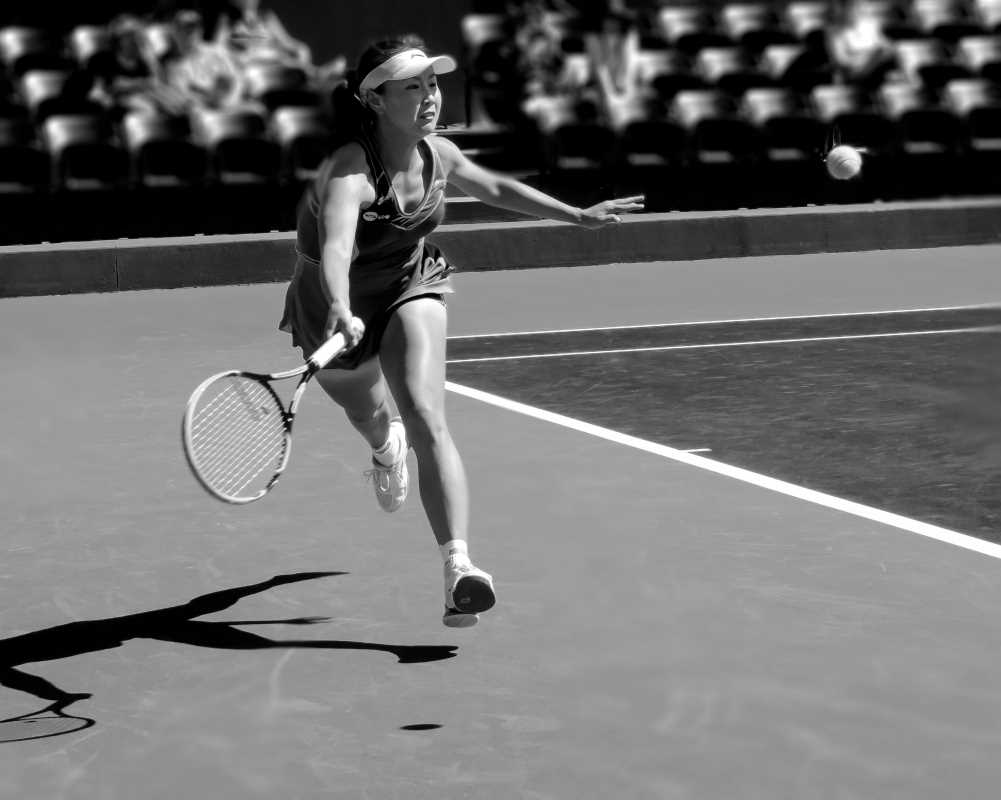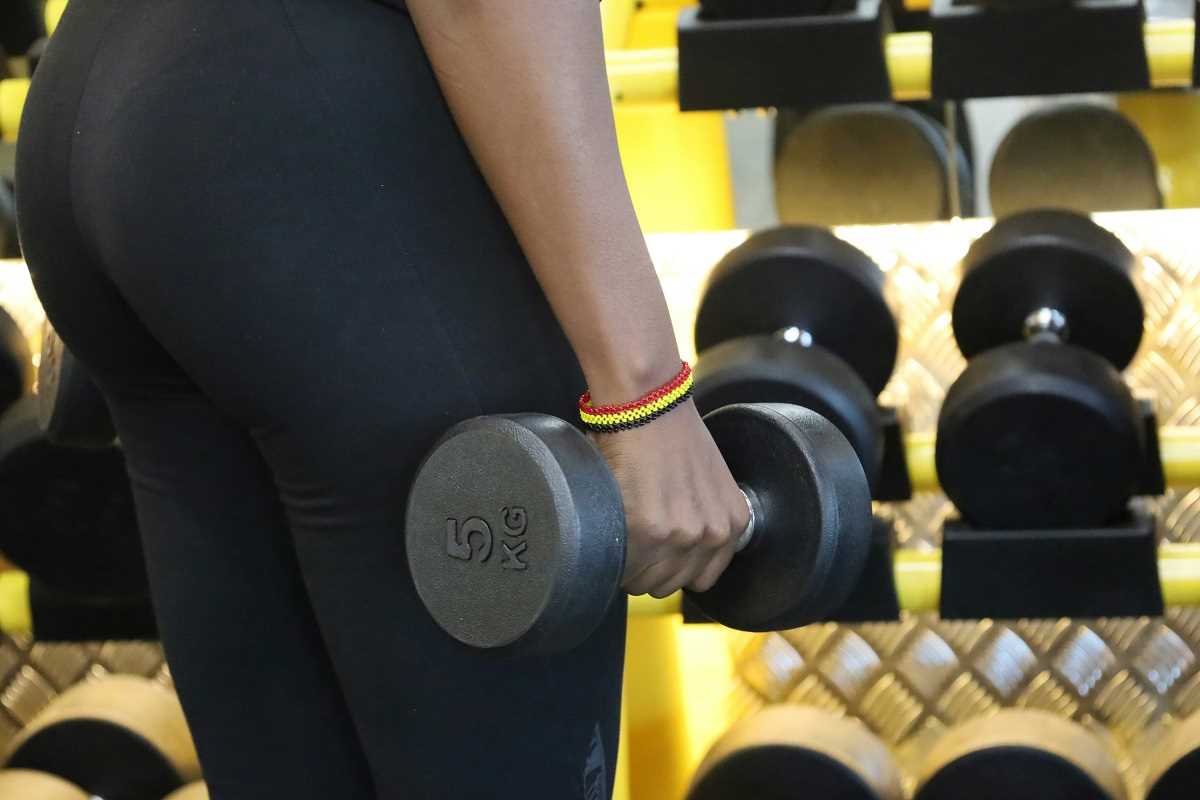Tennis players looking to boost their game will find that dynamic jump drills offer a remarkable advantage. These high-energy exercises are designed to replicate the rapid bursts of movement typical in a match, effectively building both power and agility. By integrating such drills into your regular practice sessions, you can significantly improve your performance on the court. The drills not only sharpen your physical capabilities but also give you a competitive edge, setting you apart from your rivals. Embracing these explosive movements prepares you to react swiftly and efficiently, making you a formidable opponent in any match.
The Benefits of Plyometrics
- Increases explosive strength, allowing for faster sprints and powerful shots.
- Enhances neuromuscular coordination, improving overall movement efficiency.
- Boosts vertical leap, giving you an advantage during serves and volleys.
- Reduces injury risk by strengthening muscles and improving joint stability.
- Enhances endurance, enabling you to maintain high performance throughout long matches.
Plyometric fusion can elevate your training by combining various plyometric techniques to target multiple aspects of athletic performance. This approach ensures well-rounded development, essential for the dynamic nature of tennis.
Essential Jump Drills for Tennis
Integrating specific jump drills into your training can dramatically improve your game. Here are some effective drills to consider:
- Box Jumps: Stand in front of a sturdy box or platform. Jump onto the box, landing softly with both feet. Step down and repeat for multiple reps. This drill enhances your vertical leap and leg power.
- Jump Squats: Perform a regular squat, then explosively jump upwards at the top of the movement. Land softly and immediately go into the next squat. This exercise builds explosive strength in your lower body.
- Lateral Bounds: Jump side to side over an imaginary line, focusing on distance and balance. This drill improves lateral movement and agility, crucial for quick direction changes on the court.
- Depth Jumps: Start on a box, step off, and upon landing, immediately jump as high as possible. This advanced drill enhances reactive strength and explosive power.
- Burpee Jumps: Combine a burpee with a jump by performing a push-up, followed by jumping upwards explosively. This full-body exercise boosts both strength and cardiovascular endurance.
Boosting Agility and Reaction Time
- Agility Ladder Drills: Use an agility ladder on the ground and perform various footwork patterns. This enhances foot speed and coordination.
- Shuttle Runs: Sprint back and forth between two points, focusing on quick starts and stops. This improves your ability to change direction swiftly during a match.
- Cone Drills: Set up cones in different patterns and execute rapid movements around them. This drill sharpens your spatial awareness and quickness.
- Reaction Ball Training: Use a reaction ball that bounces unpredictably to improve your hand-eye coordination and reflexes.
- Mirror Drills: Pair up with a partner and mimic each other's movements quickly. This enhances your ability to anticipate and react to an opponent's actions.
Integrating Drills into Your Routine
To maximize the benefits of dynamic jump drills, incorporate them strategically into your training schedule. Start by allocating specific days for plyometric training, ensuring you have adequate rest between sessions to allow for muscle recovery. Combine these drills with your regular on-court practice to maintain a balanced training regimen.
Gradually increase the intensity and complexity of the drills as your strength and agility improve. This progressive approach helps prevent plateaus and keeps your training challenging and effective. Consistency is key, so make these drills a regular part of your routine to see sustained improvements in your tennis performance.
Common Mistakes and How to Avoid Them
Even with the best intentions, athletes can sometimes make mistakes that hinder their progress. Here are some common errors and how to correct them:
- Poor Form: Incorrect technique can lead to injuries and reduce the effectiveness of the drills. Focus on maintaining proper alignment and controlled movements during each exercise.
- Overtraining: Pushing too hard without sufficient rest can cause fatigue and increase injury risk. Balance your training with adequate recovery periods.
- Lack of Progression: Sticking to the same drills without increasing difficulty can limit your gains. Gradually increase the height, speed, or complexity of the jumps to continue advancing.
- Ignoring Warm-Ups: Skipping warm-up routines can make your muscles more prone to strains. Always begin your training sessions with a dynamic warm-up to prepare your body for intense activity.
- Neglecting Flexibility: Tight muscles can restrict movement and performance. Incorporate stretching exercises into your routine to maintain flexibility and prevent injuries.
By being aware of these common pitfalls and implementing corrective measures, you can enhance the effectiveness of your training and achieve better results.
Dynamic jump drills enhance agility, strength, and reaction time, boosting tennis performance. Incorporate these exercises into your training to stay ahead of the competition.
 (Image via
(Image via





